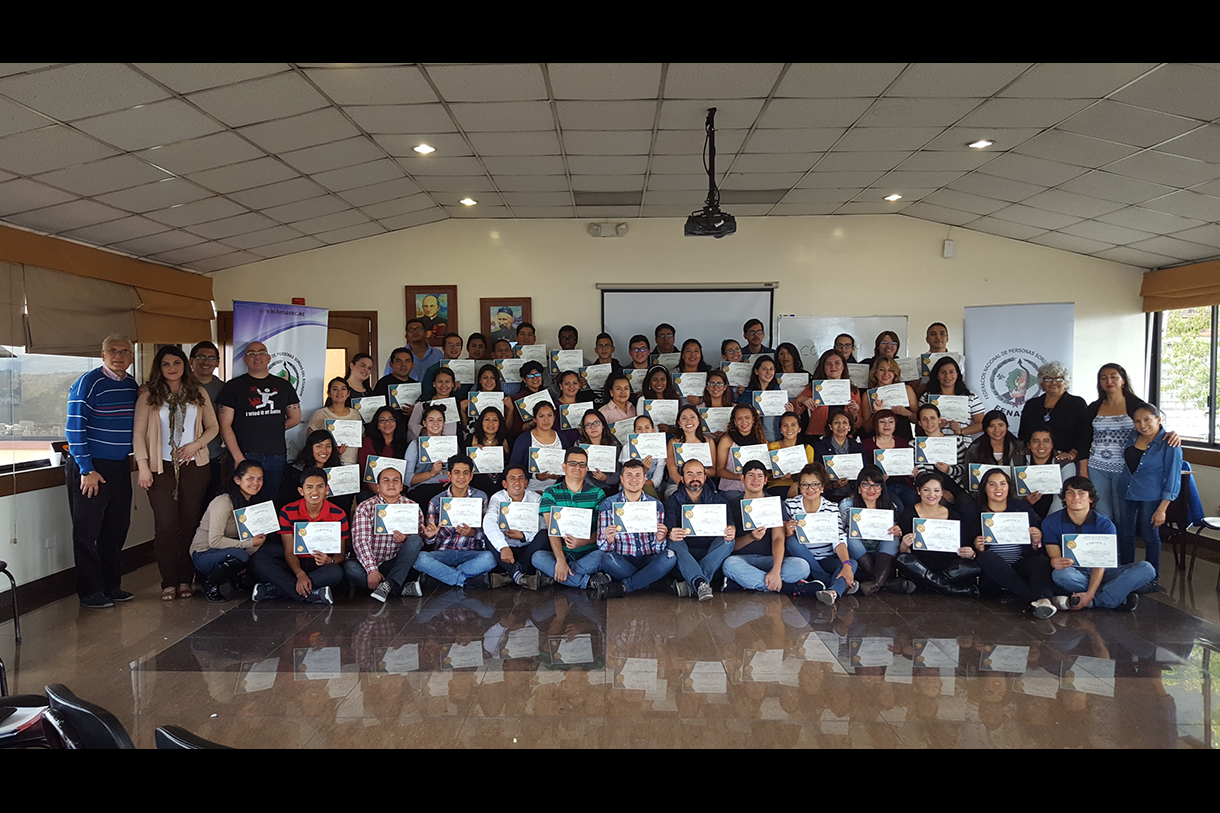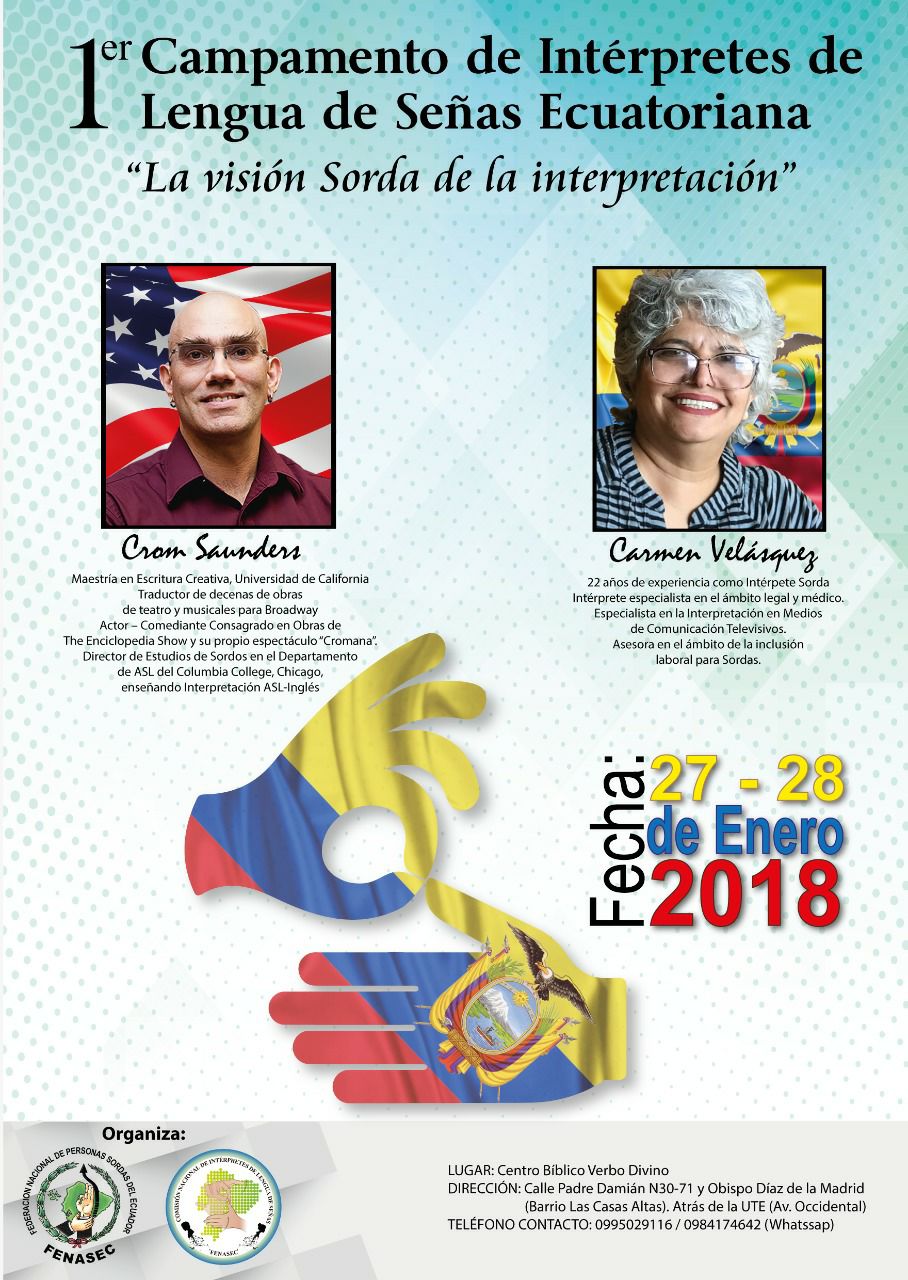Associate Professor Crom Saunders Helps Develop Interpreting Training Program Curriculum in Ecuador

American Sign Language Associate Professor Crom Saunders recently returned from Ecuador, where he spent time with FENASEC (the acronym behind the Spanish for The National Federation of Ecuadorean Deaf People) helping create a curriculum for the development of an Interpreting Training Program (ITP) in the country.
Six years since the Ecuadorian government’s recognition of LSEC—the sign language used in Ecuador—the majority of hearing people in the LSEC community have learned LSEC through immersion in the Deaf community, not from any curriculum. Curriculum development for community classes is only about four years old. According to Saunders, “an ITP would allow students to study the language from a sociolinguistic approach, which allows for a stronger foundation in learning the interpreting process.” Saunders adds that “FENASEC hopes that a degree in interpreting will help create more rigorous standards for certification.”
While there, Saunders presented a ten-hour-long workshop to interpreters—both expert and beginner—to help with the establishment of ITP programs in Ecuador. Saunders hopes to “see Ecuador develop a curriculum that suits their community and cultural needs, and to see the national standards for certified interpreters be raised and established.”
For further education, FENASEC staff and members of the National Association for Interpretation will be visiting Columbia College Chicago for observation. Saunders hopes that with these observations, visitors “come away with an idea of the standards that we hold our students to, as an accredited program, and also with their own ideas of how to tweak our curriculum and evaluation processes to fit their own unique culture.”
 FENASEC's poster for Saunders' workshop.
FENASEC's poster for Saunders' workshop.
Recent News
- Two Alums Named Recipients of 2018 Joan Mitchell Foundation Grants
- Pegeen Reichert Powell Named Chair of the English and Creative Writing Department
- Four Students Awarded Scholarships from the Fashion Scholarship Fund
- Alum Krista Franklin at the Poetry Foundation
- Katharine Hamerton at the Western Society for French History Annual Meeting